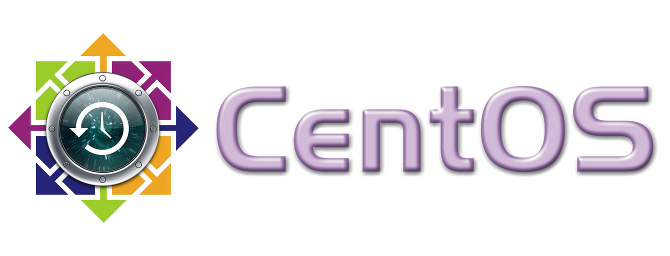

A2Server won’t install on the latest version of Raspian because the version of Netatalk it brings in, no longer compiles under the latest Raspian. I couldn’t get A2Server to work in this way. Connecting the Apple IIGS to the Raspberry Pi
#Rpi netatalk time machine mac
For the Apple IIGS, it would look like it was seeing files on the Mac Pro. The Apple IIGS would connect to the Raspberry Pi, and that in turn would connect to the Mac Pro. Since I couldn’t do this directly, with some suggestions from the community, I decided to use a Raspberry Pi as a gateway.
#Rpi netatalk time machine pro
What I wanted was to share the contents of a folder on the Mac Pro to the IIGS. There are other flavours of A2Server however they tend to rely on sharing contents of a filesystem (or part thereof) on the local machine. When I was using the uBuntu box, I’d used a package called A2Server to install a version of Netatalk that would allow the fileserver to pretend to be an old Mac supporting AppleTalk over TCP. Sadly, some time in the distant past, Apple chose to remove support for AppleTalk from macOS, so you can’t just hook up your Apple IIGS to the network (via the wonderful Uthernet II) and ask GS/OS to connect (using AFPBridge these days) to the Mac like we used to back in the day. I used to have all this working on an uBuntu file server but I recently seized the opportunity to swap it for the silent running Mac Pro that has been collecting dust in my office. Your drive is now offered on the network.This blog is my way of documenting a process I went through to build a gateway that would allow my Apple IIGS to have access to an area of my fileserver (an old 2008 Mac Pro running macOS El-Capitan) using AppleTalk. In order, run these two commands: sudo service avahi-daemon start This will change the name of the drive you back up to, as shown in Finder and Time Machine itself.įinally, go ahead and launch the network services. You can put a different name than “Time Machine” between the second brackets, if you want. sudo nano /usr/local/etc/afp.confĪt the bottom of this document, paste the following text:

Next, you’ll need to edit rvice: sudo nano /etc/avahi/services/rviceĬopy this block of text and paste it into that file: Īmong other things, this information makes your Raspberry Pi mimic an actual Apple Time Capsule, complete with the appropriate icon.įinally, it’s time to set up your external drive as a network share. This tweak means your Time Machine drive will show up in Finder’s sidebar as soon as you connect your Raspberry Pi to the network. Here you need to add mdns4 and mdns to the line that starts with “ hosts:”, so that it looks like this: hosts: files mdns4_minimal dns mdns4 mdns Now that Netatalk is installed, you need to tell it to share your drive. Wasn’t that fun? Quickly check that Netatalk is actually running: netatalk -V with-dbus-sysconf-dir=/etc/dbus-1/system.d \Īssuming you don’t see any error messages, you can move on to the next stage and run: make Next, you can configure all of netatalk’s settings before compiling the program, by using this command. Unpack the file tar -xf netatalk-3.1.11.tar.gz Get netatalk from their webpage, and check the latest version! wget Install packages sudo aptitude install build-essential libevent-dev libssl-dev libgcrypt11-dev libkrb5-dev libpam0g-dev libwrap0-dev libdb-dev libtdb-dev libmysqlclient-dev avahi-daemon libavahi-client-dev libacl1-dev libldap2-dev libcrack2-dev systemtap-sdt-dev libdbus-1-dev libdbus-glib-1-dev libglib2.0-dev libio-socket-inet6-perl tracker libtracker-sparql-1.0-dev libtracker-miner-1.0-devĬheck if you can install package libmysqlclient-dev or is there some other similar package.


 0 kommentar(er)
0 kommentar(er)
